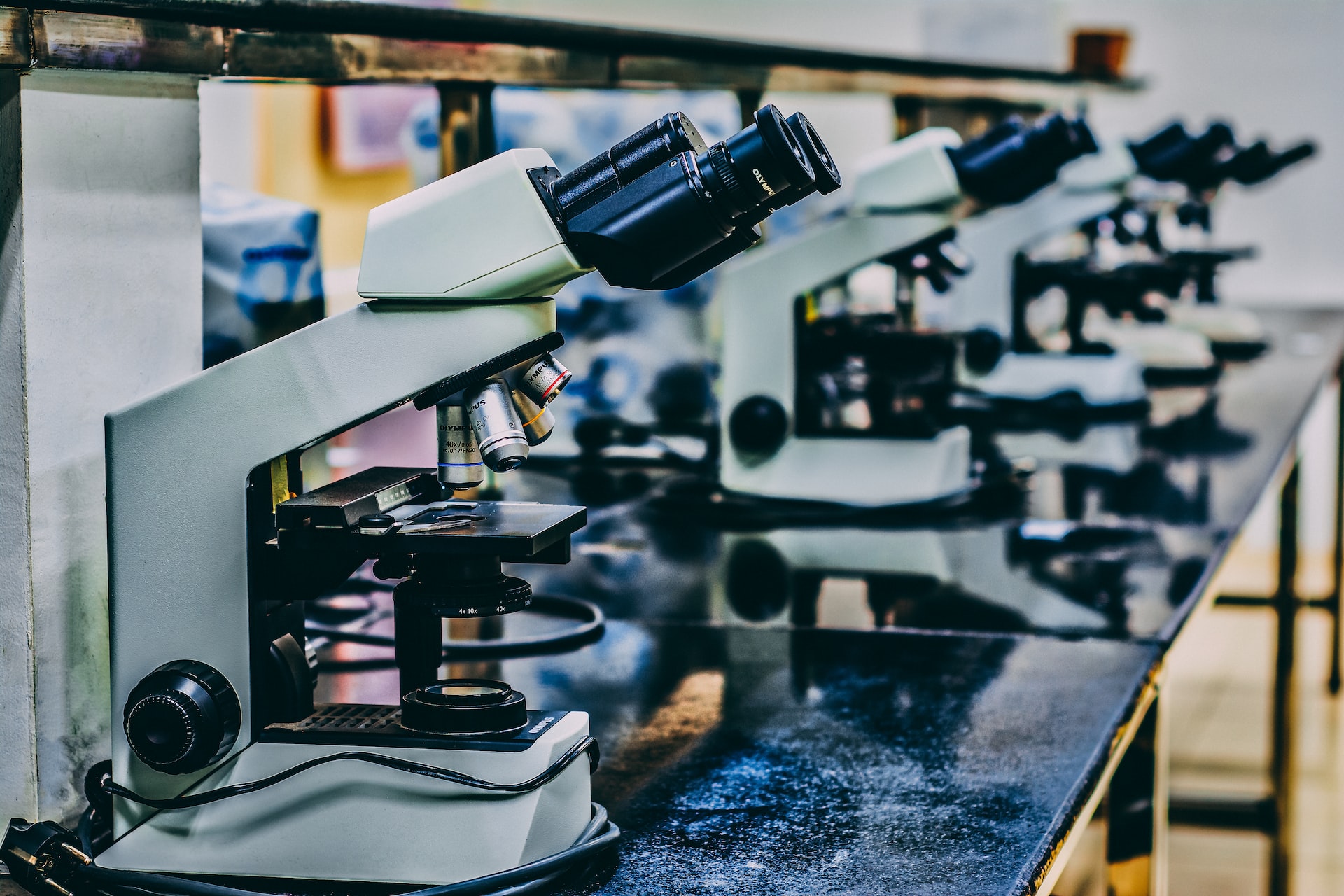
20 Feb The Fascinating History of the Centrifuge in Biotechnology Equipment
Centrifuges are an integral part of many laboratory settings, particularly in the field of biotechnology and scientific research. The history of the centrifuge is a story of innovation, experimentation, and discovery. Let’s dive into it.
Centrifuges: From Sugar to Science
The concept of the centrifuge can be traced back to the mid-1700s, when a French scientist named Antoine Bruguière used a spinning wheel to separate sugar from molasses. Yep, that’s right. While this may seem like a simple application, it marked the beginning of the centrifuge’s journey from a tool in the sugar industry to a vital piece of laboratory equipment.
The Evolution of the Centrifuge: Chemistry to Biotechnology
In the late 1800s, German chemist Hermann Kolbe made advancements in the design of the centrifuge, resulting in a valuable tool for chemical separations. However, it wasn’t until the mid-1900s that the centrifuge made its way into the field of biotechnology.
With the rise of molecular biology and genetic engineering, the centrifuge became an essential tool for researchers. Its ability to separate biological materials based on their density and size made it a crucial tool in purifying biological samples and isolating specific components.
The Use of Centrifuges in Modern Biotechnology Equipment
Today, centrifuges are used in a wide range of laboratory applications, including purifying biological samples, isolating specific components, and separating different cell types. They are also commonly used in medical laboratories for blood separations and in the pharmaceutical industry for drug discovery and development.
The advancements in technology have also allowed for the development of high-speed centrifuges, capable of reaching speeds of up to 150,000 RPM. These high-speed centrifuges are used for applications such as protein crystallization and the purification of viruses and other microorganisms.
Costs and Types of Centrifuges in Biotechnology Equipment
The cost of a centrifuge can vary greatly depending on the type and features of the machine. Benchtop centrifuges, for example, may cost anywhere from a few hundred dollars to a few thousand, while high-speed centrifuges can cost tens of thousands of dollars.
There area variety of types of centrifuges available, including fixed angle centrifuges, swinging bucket centrifuges, and continuous flow centrifuges. Each type of centrifuge has its own specific applications and is designed to meet the unique needs. Of course, they all also have a different price tag.
Last words
The history of the centrifuge is a story of innovation and experimentation, starting with its use in the sugar industry and evolving into a crucial tool in biotechnology equipment. Today, centrifuges are used in a wide range of laboratory applications, from purifying biological samples to separating different cell types. The cost and type of centrifuges available can vary greatly, making it important to consider the specific needs and budget of the laboratory when making a purchasing decision.



No Comments